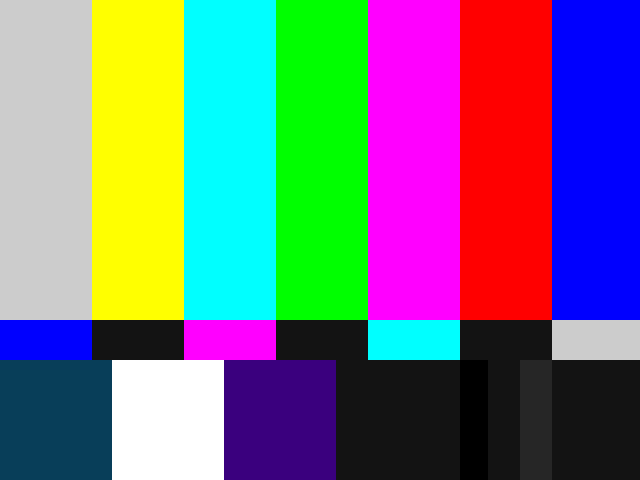 Counting, screaming, references to time, vogue-ing, vampire teeth, twin video projections, and blindingly flashing bulbs. These are some of the elements of Richard Foreman's current work on view/experience, Deep Trance Behavior in Potatoland.
Counting, screaming, references to time, vogue-ing, vampire teeth, twin video projections, and blindingly flashing bulbs. These are some of the elements of Richard Foreman's current work on view/experience, Deep Trance Behavior in Potatoland.Ben Brantley of The New York Times wrote:
Looking for the travel agent of your dreams, someone to fly you out of the muddy rut of midwinter monotony? Allow me to suggest Richard Foreman, a man whose slogan, spelled out in a ravishing new show called “Deep Trance Behavior in Potatoland,” gets right to the point: “Go to other places.” And, boy, does he make sure that you do.
The title of the work, description, and Foreman's reputation were motivation enough for American/Mexican to battle through the City's first annual snow storm to attend on Tuesday night. But with a deep sigh and a mutual look of defeat, we left St. Mark's Church in disappointment.
We expected the promised feeling of being transported to a dream-like world of theatrical exploration, endangerment, and surprise led by a man who answers to no one -- a raw, gritty, more daring version of Tim Burton --with 70 years of age and 40 years of experience, and takes his audience through territory that is feared too gooey and nihilistic by other experimental artists.
Instead we watched projected video of beautiful people from Japan and Britain set against a live cast of beautiful people in mismatched clothing, who took on mannequin-like configurations, while the tension/relationship between the worlds of video and live performance was weak and undeveloped.
The work's greatest achievement was in its elegant stagings of people, props, and costumes, all aligned with perfect timing and delicacy. But the work overall felt dated and crusty, leaving us desperate for something more energetic than the periodic, temporary blindness brought on by the frequent discharge of light emitted by several large flares that were aimed at the audience. This is, like other old tricks in this piece, was simply annoying.


